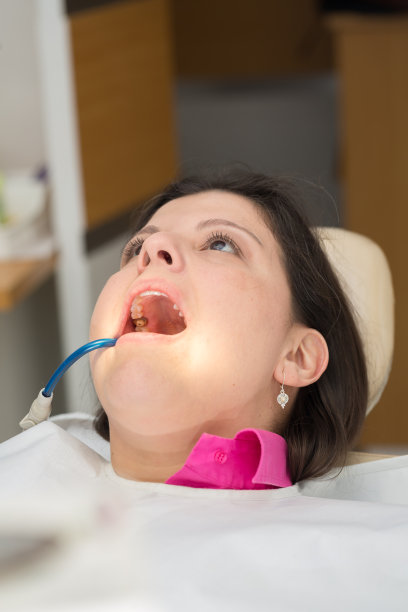The Essential Guide to Extracting a Tooth Safely and Comfortably in Dental Practice
Summary: Extracting a tooth is a common procedure in dental practice, yet it can often be daunting for patients. This guide provides an essential overview of how dentists can ensure the process is performed safely and comfortably. We will explore the importance of patient assessment, the significance of anesthesia, the extraction techniques utilized, and the aftercare instructions essential for a smooth recovery. By focusing on these areas, dental practitioners can enhance the patient experience, minimize discomfort, and promote optimal healing post-extraction. The contents of this guide aim to provide both dentists and patients with a comprehensive understanding of tooth extraction procedures, fostering trust and reassurance in dental care.
1. Importance of Patient Assessment

Before any dental procedure, a thorough patient assessment is crucial. This step involves reviewing the patients medical history, current medications, and any specific health conditions that may affect the extraction process. Dentists often conduct a physical examination and may require diagnostic imaging, such as X-rays, to evaluate the tooths condition and its surrounding anatomy.
Understanding the patients level of anxiety is also a vital part of the assessment. A comprehensive evaluation can help the dentist tailor the approach to the patients psychological and physical needs, ensuring that they feel safe and informed throughout the procedure.
Good communication is essential in this stage. Dentists should take the time to explain the extraction procedure, expected outcomes, and potential risks. This transparency builds trust and allows patients to express any concerns, thereby contributing to a calmer experience during the extraction.
2. Significance of Anesthesia Techniques
Administering the right anesthesia is paramount in ensuring a pain-free tooth extraction. Dentists have various anesthesia options, including local anesthesia, sedation, and general anesthesia, depending on the complexity of the extraction and patient comfort levels. Local anesthesia numbs only the area surrounding the tooth, while sedation techniques can help anxious patients relax and make the experience more tolerable.
Choosing the appropriate anesthesia not only minimizes pain but also enhances overall efficiency during the procedure. A well-anesthetized patient can significantly reduce the likelihood of complications, as excessive movement during extraction can lead to broken instruments or damage to surrounding teeth.
Additionally, it is crucial for practitioners to monitor the patient’s response to anesthesia throughout the procedure. Adjustments may be necessary, and communication should remain open to ensure the patient feels comfortable and pain-free at all times.
3. Techniques for Safe Extraction
When it comes to tooth extraction, the technique used can greatly influence the comfort level and success of the procedure. The two primary extraction types are simple and surgical extractions. Simple extractions are typically performed on teeth that are visible and easily accessible, while surgical extractions are necessary for teeth that are broken below the gum line or impacted.
During a simple extraction, dentists utilize specialized tools like elevators and forceps to gently wiggle and remove the tooth. Surgical extractions may require more advanced skills and techniques, including incisions and bone removal, to access the tooth. Regardless of the technique, the objective remains the same: to minimize trauma and discomfort.
The post-extraction care and management of the extraction site are also pivotal. Dentists should employ techniques that promote clot formation and proper healing, advising patients on practices such as biting down on gauze and avoiding disturbing the area.
4. Aftercare and Recovery Instructions
Proper aftercare can significantly affect a patient’s recovery following tooth extraction. Dentists should provide clear instructions tailored to the individual’s extraction type and health needs. Common advice includes managing pain with prescribed medications, keeping the extraction site clean, and following dietary restrictions.
Patients should be made aware of the typical signs of complications, such as prolonged bleeding, increased pain, or swelling. Educating them on what to expect during recovery will help them feel prepared and reduce anxiety about the post-procedure period.
Lastly, follow-up appointments are vital. During these visits, dentists can monitor the healing process and promptly address any concerns that may arise, further contributing to a comfortable recovery experience.
Summary:
This guide has detailed the critical aspects of tooth extraction procedures, highlighting the importance of comprehensive patient assessment, correct anesthesia techniques, appropriate extraction methods, and thorough aftercare guidelines. Each of these elements plays a fundamental role in ensuring that dental extractions are performed safely and comfortably, encouraging positive patient experiences.
Emphasizing these key points contributes to minimizing discomfort and fostering confidence in dental practices. Knowing that their dentist prioritizes their safety and comfort can significantly alleviate patient anxiety regarding tooth extractions.
This article is compiled by Vickong Dental and the content is for reference only


